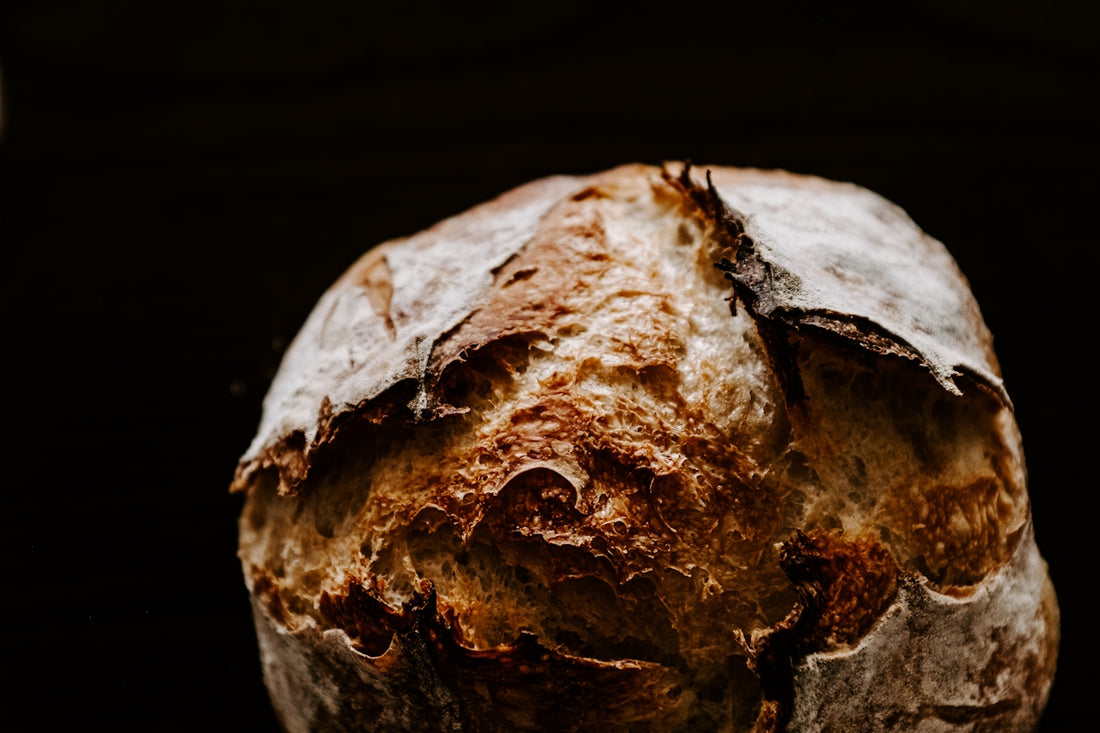
Unlock Joy in Artisan Bread Baking: How to Master Sourdough Scoring
If you're an enthusiast of homemade sourdough, you know that creating a perfect loaf goes beyond just basic baking. It's an art form, a dance with fermentation and time. Today, we're diving into the world of sourdough scoring—a technique used to create those beautiful patterns on your artisan bread. With a mastery of this craft, you can unlock not just the joy of baking, but the joy of creating edible art.
Understanding Sourdough Fundamentals
Before you can master scoring, it's essential to have a solid understanding of sourdough basics, such as the sourdough starter and the fermentation process.
Sourdough Starter: The Heart of Your Bread
A sourdough starter is a living culture of flour and water inhabited by wild yeast and bacteria. It’s crucial for fermentation, which gives sourdough its characteristic flavor and texture. Proper feeding and maintenance of your starter are key. For tips on how to feed sourdough starter, consider setting a feeding schedule so that your starter remains lively and healthy.
Fermentation is Key
Sourdough fermentation is a natural process that requires time and patience. The wild yeast fermentation creates the bubbles in your dough, which translate to a beautiful crumb in your baked bread.
To explore how wild yeast fermentation works and for more tips on maintaining a vibrant starter, read more here.
How to Feed and Store Your Sourdough Starter
Ensure you’re attentive in how to store sourdough starter to keep it fresh for each baking session. Between bakes, you can keep your starter refrigerated, reducing the need for frequent feedings. When you're ready to bake, bring it back to room temperature and feed it a couple of times to boost its activity.
Sourdough Starter Troubleshooting
Troubles arise when the starter doesn’t rise or smells off. Common issues include over-fermentation or a lack of activity due to improper feeding. Adjust your sourdough starter feeding schedule to fix these issues.
Sourdough Baking Tips
Choosing the Right Equipment: Using high-quality tools can significantly improve your sourdough experience. The Sourdough Starter Kit offers a great start for any baker looking to craft the perfect sourdough.
Temperature Control: A thermometer like the one included in the starter kit will ensure your dough is developing in the ideal environment. Temperature influences the speed of fermentation, and careful monitoring will enable greater control over your bread’s flavor.
Dutch Ovens: Proof and bake your loaves in something like the charming Martha Stewart 4Qt Heart-Shaped Enameled Cast Iron Dutch Oven for even heat distribution.
How to Shape and Score Sourdough Bread
After fermentation, shaping your sourdough loaf is next. Proper shaping creates tension on the surface of the dough, necessary for achieving that characteristic rise and crust.
Best Sourdough Scoring Techniques
Scoring sourdough is both functional and artistic. By creating cuts on your bread dough’s surface, you control where the steam will escape, guiding how your loaf expands during baking. Consider these techniques:
- Simple Cuts: A few deep slashes can open up the loaf beautifully.
- Delicate Patterns: Use a swift and gentle touch to carve intricate designs without deflating your dough.
Equipment Matters
Employing the right tools, such as a sharp lame or a specialized dough scoring tool, can greatly enhance your design precision.
Baking and Troubleshooting
Once your sourdough is shaped and scored, it's ready for the oven. Transfer it onto a hot pizza stone or inside a preheated Dutch oven. Products like the 12Inch Ceramic Pizza Stone ensure that your homemade sourdough achieves restaurant-quality crust.
Sourdough Bread Troubleshooting
Common faults include:
- Dense Bread: Often due to under-fermentation or poor shaping.
- Flat Loaves: Could be from over-proofing or insufficient scoring.
For an extensive guide on how to bake sourdough bread and tips for ensuring perfect results, explore more resources on My sourdough life.
Health Benefits: Sourdough for Diabetics
Sourdough is frequently noted for its health benefits. The extended fermentation time reduces the dough's glycemic index, making sourdough a favorable option for those managing diabetes. This process also breaks down gluten more efficiently, which can make the bread easier on your digestive system.
In conclusion, mastering the art of sourdough scoring does more than enhance the appearance of your bread. It unlocks the full potential of your baking skills and deepens your connection to the artisan craft.
For more expert advice and premium sourdough baking tools, visit Italian Sourdough. Embrace the joy of sourdough baking and craft with confidence.
